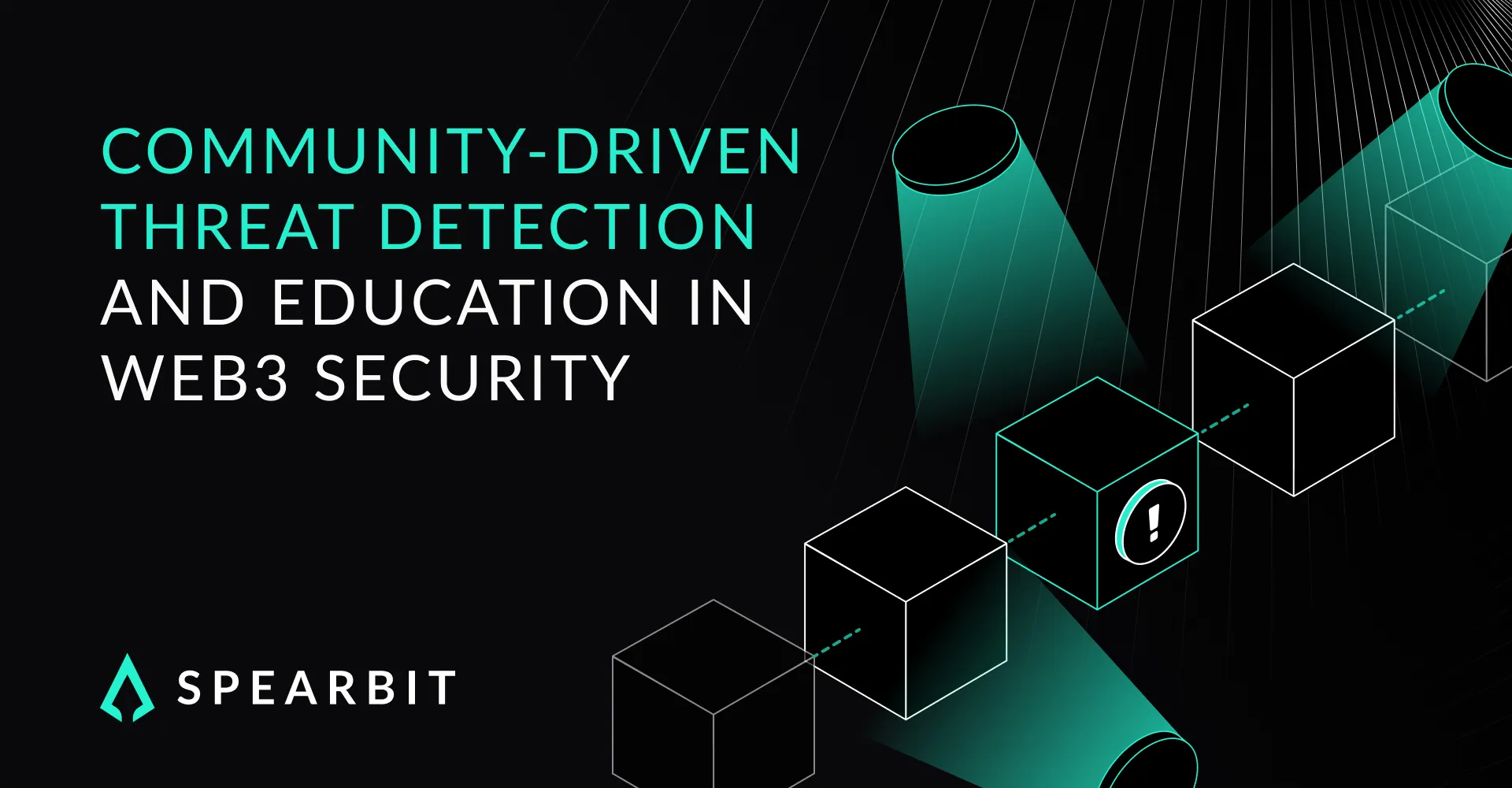Security in Web3 is no longer limited to code correctness or validator uptime. As systems grow more modular, dynamic, and permissionless, threat surfaces expand into governance, user behavior, and social engineering. Automated detection is essential but incomplete. Community awareness and education are becoming critical components of operational security.
This blog explores how community-driven detection, user education, and hybrid defense architectures are shaping the future of secure decentralized systems.
1. Real-Time Threat Detection Through Community Engagement
Many of the fastest exploit discoveries in recent years were first identified not by security tools, but by users. From suspicious wallet behavior to interface impersonation and oracle anomalies, communities offer decentralized visibility that centralized monitoring lacks.
Why this matters
Community members often interact with applications before automated alerts trigger. Disparate local signals, such as a user noting that a user interface appears incorrect or that gas costs are abnormal, can surface larger patterns. Public channels and monitoring tools provide shared visibility and faster issue escalation.
Key components
- Structured reporting workflows through forums, bots, or public submission forms
- Community incentives for early detection and contribution to investigations
- Lightweight triage processes to sort, validate, and escalate signals
Protocols that prioritize community-driven security processes identify threats faster, limit their impact, and improve trust.
2. Education as the First Layer of Defense
User action is one of the most commonly exploited attack surfaces. From phishing to mis-signing transactions, many critical incidents arise from behavioral gaps. Community education provides context, awareness, and consistent messaging that strengthens overall protocol safety.
Essential topics for user safety
- Contract address and signature verification
- Identifying interface clones and wallet drain patterns
- Understanding token approval flows and revocation
- Navigating bridging interfaces and identifying official sources
Effective delivery formats
- Visual explainers, diagrams, and in-app walkthroughs
- Simulated phishing campaigns and transaction safety drills
- Community newsletters and live educational sessions
Integrating education directly into the user journey improves decision quality and reduces the attack surface.
3. Hybrid Threat Detection Combining Community Input and Automation
While automation enables scalability and consistency, it can miss novel attack vectors and social context. Pairing automated tools with community reports builds a feedback loop that strengthens coverage.
Effective architecture design
- Community-facing portal or reporting system with integrations to chat and user interfaces
- Automated anomaly detection system monitoring transaction patterns, gas behavior, or unexpected state changes
- Triage queue that consolidates both sources for human validation and incident response
Benefits of hybrid detection
- Community members provide early social signals and context
- Automated systems offer speed, breadth, and consistency
- The combined workflow increases signal quality and reduces blind spots
Protocols that combine automation with active community monitoring reduce their mean time to detection and gain operational flexibility.
Final Thoughts
Security in Web3 must extend beyond technical audits. Threats now span smart contract design, user interfaces, governance workflows, and social trust. Protocols that invest in their communities build more resilient ecosystems. This includes enabling structured reporting, delivering education with precision, and integrating human insight into security processes.
What is missing or underdeveloped across most protocols
- Clear processes for community members to report incidents
- Real-time dashboards or transparency around open investigations
- Simulated training for users and teams on how to respond to live threats
- Role-based playbooks for multisig operators, moderators, and core contributors
Spearbit supports protocol security across architecture, composability, and coordination. Our audits address integration layers and behavioral systems in addition to smart contract logic.




